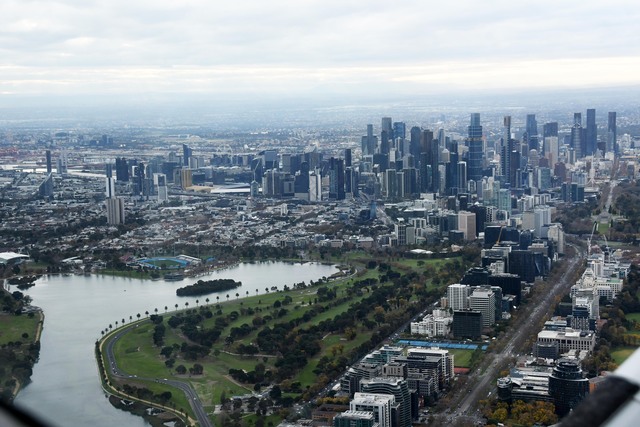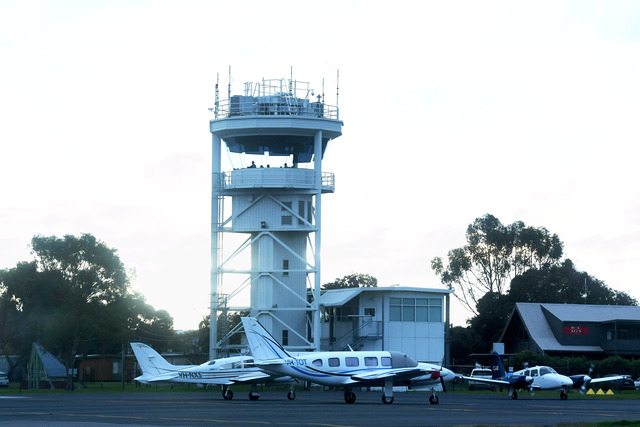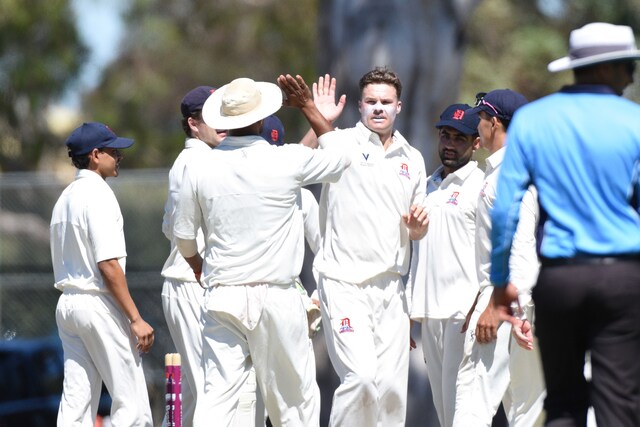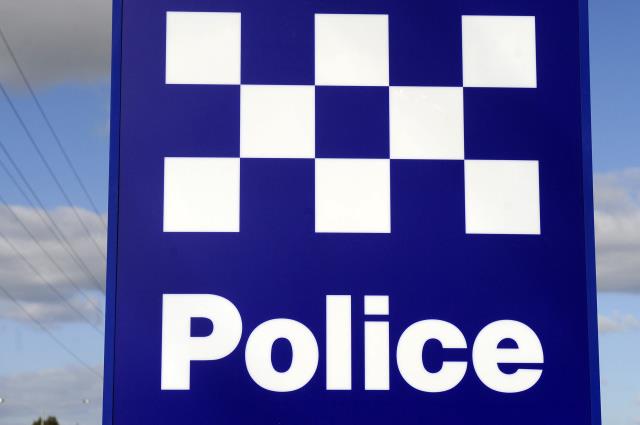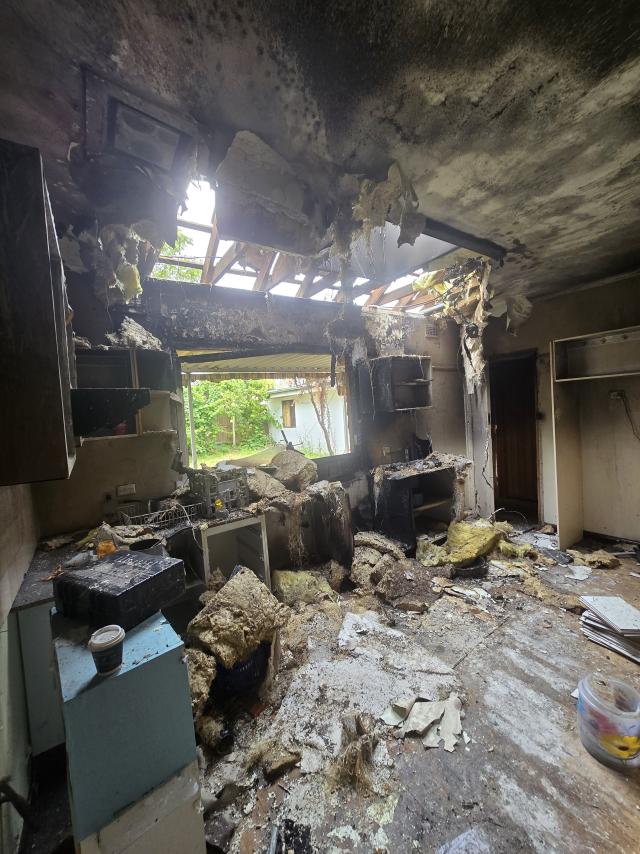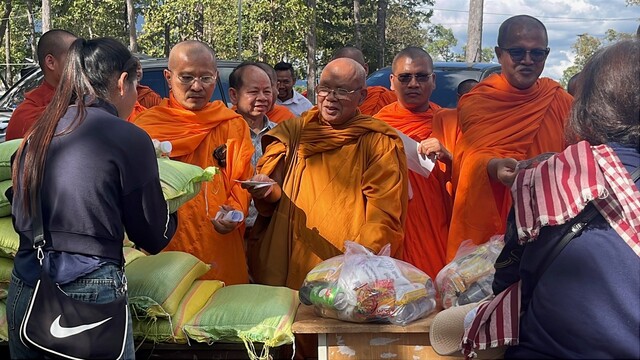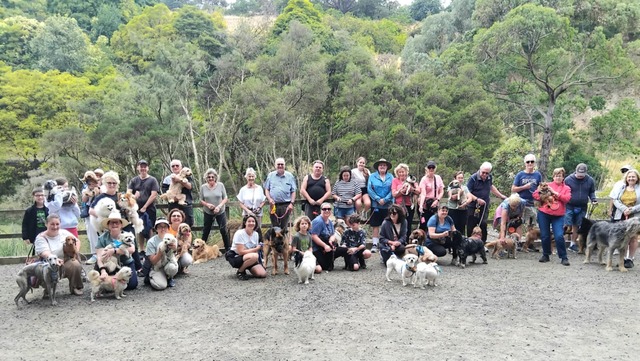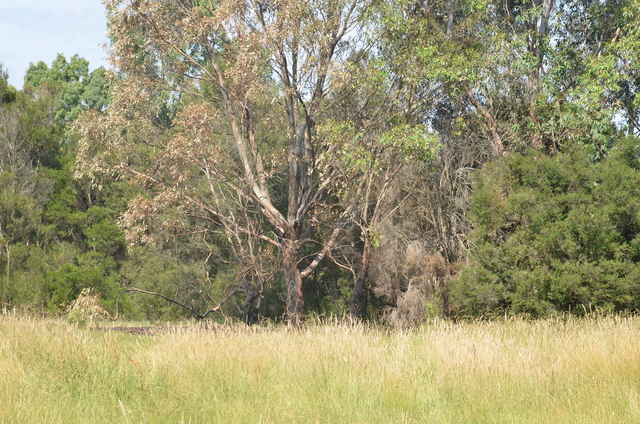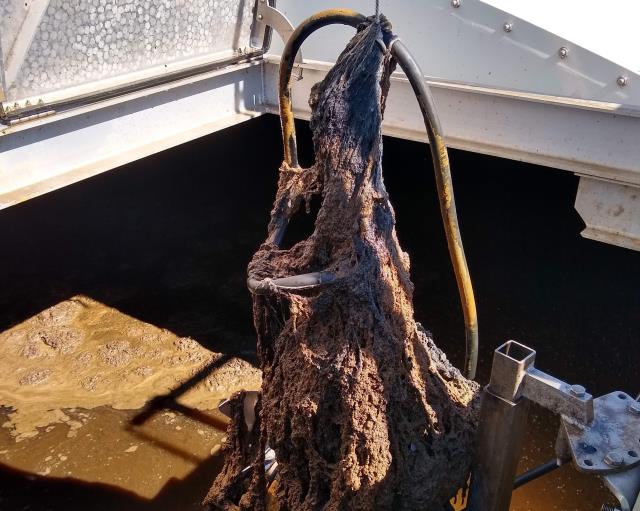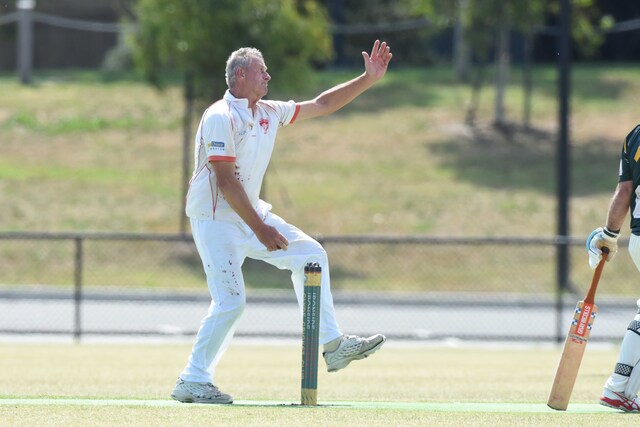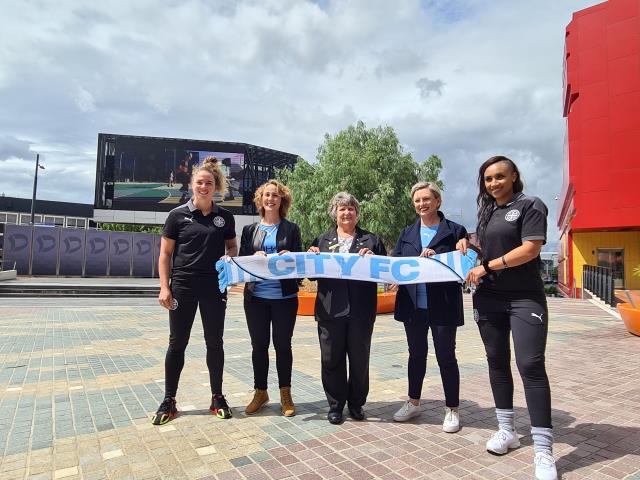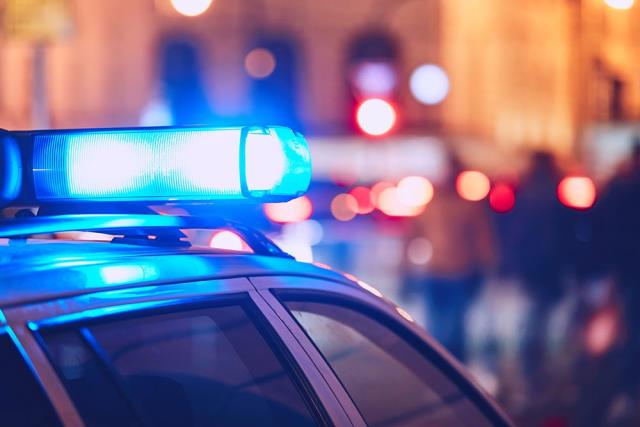The month of June marks the 75th anniversary of the Royal Victorian Aero Club (RVAC) basing itself at Moorabbin.
RVAC is Australia’s oldest and most prestigious flying school and club. The school and club have been around for over 100 years and trained thousands of pilots, so it is a point of pride for the city of Kingston and surrounding community.
Recreational pilot and board member of the RVAC, Adam Trumble, who received his own pilot licence from RVAC years ago, is proud to celebrate this partnership.
“We have students who are married with kids. While that obviously limits what they can do in terms of where they go, the RVAC has opportunities to be an instructor, a good option for some people who need to be stationary in their living conditions but still wish to fly.
“It’s addictive, flying, for some people.
“I got hooked. There’s a thrill-seeking element about it.”
However, flying is just as hard as it looks, and so is understanding the licensing process, Trumble says.
“If you drive a car, you’ve got a car licence. But then there’s truck driver’s licences, and so on. Aeroplanes are worse than that.
“You can have a recreational pilot licence. You can have a private pilot licence.You can have a commercial pilot licence.
“And finally at the big end of town, an ATPL, Air Transport Pilot Licence. So pilots at Qantas, Jetstar, Virgin, they’ve got ATPLs. Every layer is harder.”
Students learn the same topics, but in greater detail the higher up they go, he says.
“You can get a commercial licence with a flying school like us with as little as 150 hours of flying experience. Virtually nobody does, because that’s the legal minimum.
“The reality is it’s going to be somewhere more like 170 to 200 flying hours. With a basic commercial pilot’s licence, you can fly commercially, which means for reward, basically. You can earn money doing it.
“But at that low level of hours, and 200 hours mightn’t seem like a little, but it is, you won’t get a job with Jetstar or Qantas or even Rex.
“You’ll get a job mustering in the Northern Territory. People who come through our training might do that.
“However, often what they’ll do, is they’ll then get their instructor rating. We teach that as well.”
Most of the club’s instructors, including Dilini, (a pilot kind enough to take Star Journal for a fly around Melbourne) is currently building experience.
At some point, she’ll aim to apply for a job with Qantas or Rex or another commercial airline.
“Typically, you need about 1,500 hours for that. In the meantime, they don’t get paid very well, but they’re doing something they love. Dilini began while she was still in secondary school.
“There’s a global shortage of pilots. In a way, that’s a good thing for people coming through. It’s a different marketplace now. And particularly with the effect of Covid, lots of pilots stopped flying and didn’t start again.
“So there’s this vacuum of opportunity for people to step into that.”
RVAC chief executive Paul Daff said that unlike other flying schools, the club was not-for-profit and reinvests surplus funds back into improving the club.
It has a cohort of between 50-70 graduating students each year.
“With small class sizes of between 10–12 students, we continually monitor and provide 1:1 support to our students.
“Importantly our students can access fee help study assist student loans from the Australian Government whilst they are training with us – whether that’s part of their VCE or university qualification. Additionally, we will soon be offering students the opportunity to acquire their ATPL.
“Our members, teachers and students all value the club’s suburban location, which ensures they can incorporate flying easily into their lives.
“The airport’s facilities such as the control tower enable our members and students to gain unparalleled experience of flying in a controlled airspace, as well as taking off and landing across the airport’s five active runways.”


